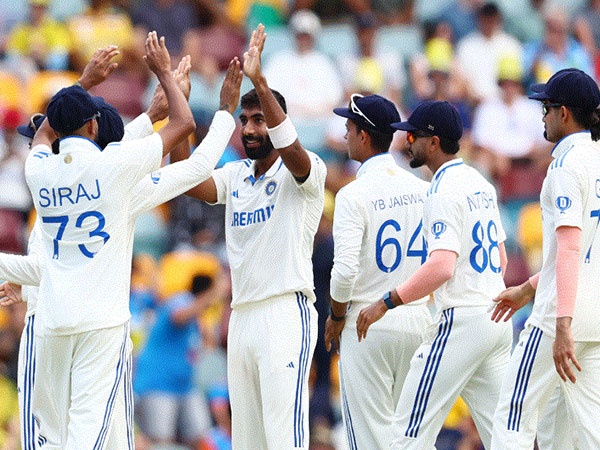views : 762
3 Min Read
BCCI should empower selectors to make decisions that foster healthier team culture
If we believe what we heard and read over the past few days, the Indian team’s 1-3 defeat in the Border-Gavaskar Trophy in Australia was due to the presence of wives on tour beyond the established duration of 15 days, demands to stay in different hotels, dressing room leaks, head coach’s supposedly frosty relationship with the bowling coach and sundry other reasons.
Rather than find reasons rooted in cricket for the Indian team’s declining performances, the Board seems to have discovered external factors that may or may not have actually contributed to the team losing six of the last eight Test matches. Of course, we are all basing our response to information that some Board officials found necessary to share for public consumption.
Instead of looking at some of their own decisions, Board officials seem to have trained their guns in some other direction. In appearing to turn the clock back by many years, Board has missed the woods for the trees. Indian cricket will find its feet again only when officials empower the selectors to make decisions – and then hold them accountable.
However, as long as the mandarins make promises to cricketers and ask the selectors to comply, the results can be disheartening. By all accounts, Board officials allowed the dilution of the team culture to the extent that the squad would not come together to celebrate the victory in the Perth Test. Working as a team does not begin and end with the boundary ropes on a ground.
It gets more challenging when results are not in keeping with the team’s potential, the wheels seeming to come off even as a whole lot of other things appear to need attention. Gautam Gambhir, anointed head coach of the Indian team after Rahul Dravid left on a high, has the opportunity to work with the captain to engineer a team environment that fosters productivity
Curiously, Indian cricket team managements seem to believe that team bonding exercises are needed only ahead of major ICC knockout tournaments. The team can find confluence – a state of intense concentration and awareness when individuals find it impossible to put a foot wrong – in each game of the ICC Test Championship only if it comes together as one.
Back in 1993, Cricket Coach Ajit Wadekar devised a code of conduct after the team returned from a tough tour of South Africa. It may not be possible for the present team management to enforce such a Code. But it surely will not be very difficult to ensure that the players remain committed to the team’s cause and have each other’s backs through thick and thin.
It will be interesting to see the talent pool comes together and get the team back as a cohesive unit, on and off the field, when it next plays a Test series. One of the main challenges will be to get the batting specialists to ensure that Indian innings last at least 90 overs, if not more. For that to happen, the team will have to be better prepared than it was in the last three series.
Since Test teams are always work in progress and never quite finished products, any new coaching staff and the players do not have the luxury of time to get to understand one another. Teams that are possibly in transition offer the coaches and cricketers even less time to establish rapport – and boundaries.
The National Selection Committee has a bigger role in such an exercise than the Board officials that it is answerable to. Cast your mind back to the middle of the first decade of the new millennium and dig up some memories from there. The selection committee of the time made some tough decisions, including drop skipper Sourav Ganguly on form.
The selectors, led by Ajit Agarkar, the coaching staff and the captain have their work cut out ahead of the next Test series for the Indian side. With better planning and preparation, India will not only compete hard but also produce the desired outcome. Another setback will mean that the talk of the Big Three carving out a division one for themselves will have little value.
